Most people first hear about crypto as something private, almost invisible to the traditional financial system. In reality, there is a big gap between that perception and how most people actually buy and hold their coins. If you use a bank card, a regulated exchange, your regular email, and your home WiFi, you leave a long and permanent trail. The common mistakes that reveal your identity when buying crypto are often not dramatic security breaches. They are ordinary shortcuts, sign ups, and conveniences that slowly remove your privacy layer by layer.
For a typical salaried worker or professional, the question is not how to disappear fully. The real question is what kind of information you are comfortable having linked to your crypto activity, and what you are doing by accident that you never intended. Privacy in this context is less about hiding and more about understanding the rules of the system you are walking into.
The first major mistake is assuming that regulated platforms are anonymous. Any exchange that lets you deposit from your bank account or card is usually subject to know your customer and anti money laundering rules. That means copies of your passport or ID, proof of address, and sometimes a live selfie are stored with the platform and can be shared with regulators or law enforcement on request. Many users still sign up with the mindset that it is “just an app” and treat it like a social media account, forgetting that it is held to standards similar to a securities broker. If you later send those coins from the exchange into a personal wallet, that address can be tied to your identity through the original on ramp.
Related to that is a second mistake, which is mixing personal and “private” accounts in one ecosystem. A common pattern is to use your main email address, your primary mobile number, and the same password pattern that you already use for other services. From a privacy perspective, you are building one large identity cluster that links banking, social media, shopping, and crypto together. If there is ever a data leak from one service, it becomes easier to connect the dots. Even if the exchange itself does not leak, marketing emails, password reset messages, and SMS alerts all confirm that you are an active crypto user tied to a particular set of contact details.
A third mistake happens at the payment stage. When people buy crypto using the same credit card they use for groceries and online subscriptions, that card statement becomes another permanent record. Even if the bank does not publish anything, your pattern of spending is known inside a system you do not control. Some users are surprised to discover that banks have internal flags for transfers to certain exchanges, or that they may ask questions if the sums become large. From the bank’s perspective, they have compliance responsibilities. From your perspective, you may have unintentionally signalled a long term association with crypto that you did not plan for.
Device and network habits form another weak point. Many users log into exchanges over public WiFi at cafes, hotels, or airports without a virtual private network. Others reuse old phones with outdated operating systems or skip security updates because they find them inconvenient. Every time you connect, your IP address, device fingerprint, and location data may be logged by the platform. Combined with your KYC information, this builds a clear profile of where you usually are, what devices you use, and at what times you tend to trade. Over time, that makes you easier to track, not harder. For those who care about privacy, using a dedicated device, updated software, and a more controlled network setup is often a basic first step.
On chain behaviour also exposes more than most people expect. Blockchains differ in design, but public ones allow anyone to see transaction histories linked to particular addresses. If you repeatedly send coins from a KYC exchange to the same personal wallet, and then make payments from that wallet to friends, services, or other exchanges, you are creating a rich dataset of relationships. Chain analysis firms specialise in mapping these patterns and tagging addresses that appear to belong to the same person or group. Even if you never share your address publicly, a single payment to a known service or a donation to a public campaign can give analysts enough information to tie your wallet to your real world identity.
Another frequent mistake is reusing wallet addresses across many different contexts. Some wallets make it easy to generate a fresh receiving address for each transaction, but users often ignore this because it seems complicated. When the same address is shared in chats, forums, invoices, and personal conversations, it becomes a single point of convergence. If one counterparty ever shares that address with others or posts it online, strangers can review the full history of incoming funds and make inferences about your net worth, your trading patterns, or your relationships.
Social media and messaging habits contribute more than many people realise. Posting screenshots of portfolio balances, transaction confirmations, or even exchange interfaces can reveal wallet addresses, order IDs, and timing details that can be cross checked on chain. In group chats, people casually paste their wallet addresses, email handles, or user IDs from exchanges. Over time, these fragments can be stitched together. Someone who already knows your full name and city from LinkedIn, for example, can then match it to a wallet address you shared years ago in a hobby group.
Some of the most revealing mistakes happen when people try peer to peer trades without understanding the risks. Buying crypto through direct bank transfers or mobile payment apps often involves sharing your full name and sometimes your phone number or partial account details with the other party. If you use the same bank account for salary credit, loans, and daily spending, this links your entire financial life to that one interaction. P2P platforms may also log chat histories and trade records for compliance reasons, even if they market themselves as a more “private” alternative.
Regulatory reporting is another layer that many users overlook. In some jurisdictions, exchanges are required to collect additional information when you withdraw above certain thresholds or send funds to external addresses. International rules around information sharing for crypto transfers are still evolving, but the general direction is toward more data, not less. For residents and citizens of countries with strict tax reporting requirements, your exchange history may be accessible during audits or through formal data requests. If you have been moving funds based on the assumption that “no one knows,” this can be a difficult surprise later.
There is also a softer category of mistakes that sit less in technology and more in everyday conversation. Telling colleagues that you “made a lot on crypto last year,” discussing tokens and positions loudly in public spaces, or sharing windfall stories with extended family may not feel like a privacy issue at first. Combined with visible lifestyle changes or social media posts, these stories can mark you informally as “the crypto person.” In times of market stress, scams, or family disputes, that label can draw unwanted attention, pressure, or expectations.
Taken together, all of these behaviours show why common mistakes that reveal your identity when buying crypto do not always involve sophisticated tracking tools. They usually come from normal life patterns that do not change when someone starts using new financial technology. People bring their usual emails, phones, payment cards, and sharing habits into a new ecosystem without adjusting their privacy assumptions.
For the average working adult, the goal is not total anonymity. Instead, it is to understand that every convenience carries a trade off. Using a regulated exchange can mean better consumer protection and easier recovery if something goes wrong, but it also means accepting formal identification and reporting. Buying with a familiar bank card keeps things simple, but also leaves a trail that your bank and tax authority may eventually review. Reusing one wallet address is convenient, but creates a clear public record of your activity.
A more deliberate approach starts with clear choices. Decide which parts of your financial life you are comfortable linking to crypto, and which parts you prefer to keep separate. That might mean using a dedicated email address, reviewing the data sharing policies of exchanges before signing up, or avoiding social media posts that show identifiable transaction details. It could also mean learning the basics of on chain privacy, such as using new addresses more often or thinking twice before making public payments from a wallet that holds most of your assets.
Ultimately, buying crypto cannot be treated as an entirely private act when it involves regulated platforms, banked money, and public ledgers. The systems behind it are designed to balance innovation with oversight, and they record more than a casual user might expect. If you understand where those records sit and how they can be connected, you are in a better position to decide how much information you are willing to share in exchange for access and convenience. Privacy then becomes a conscious part of your financial planning, instead of a myth you only question when a problem appears.



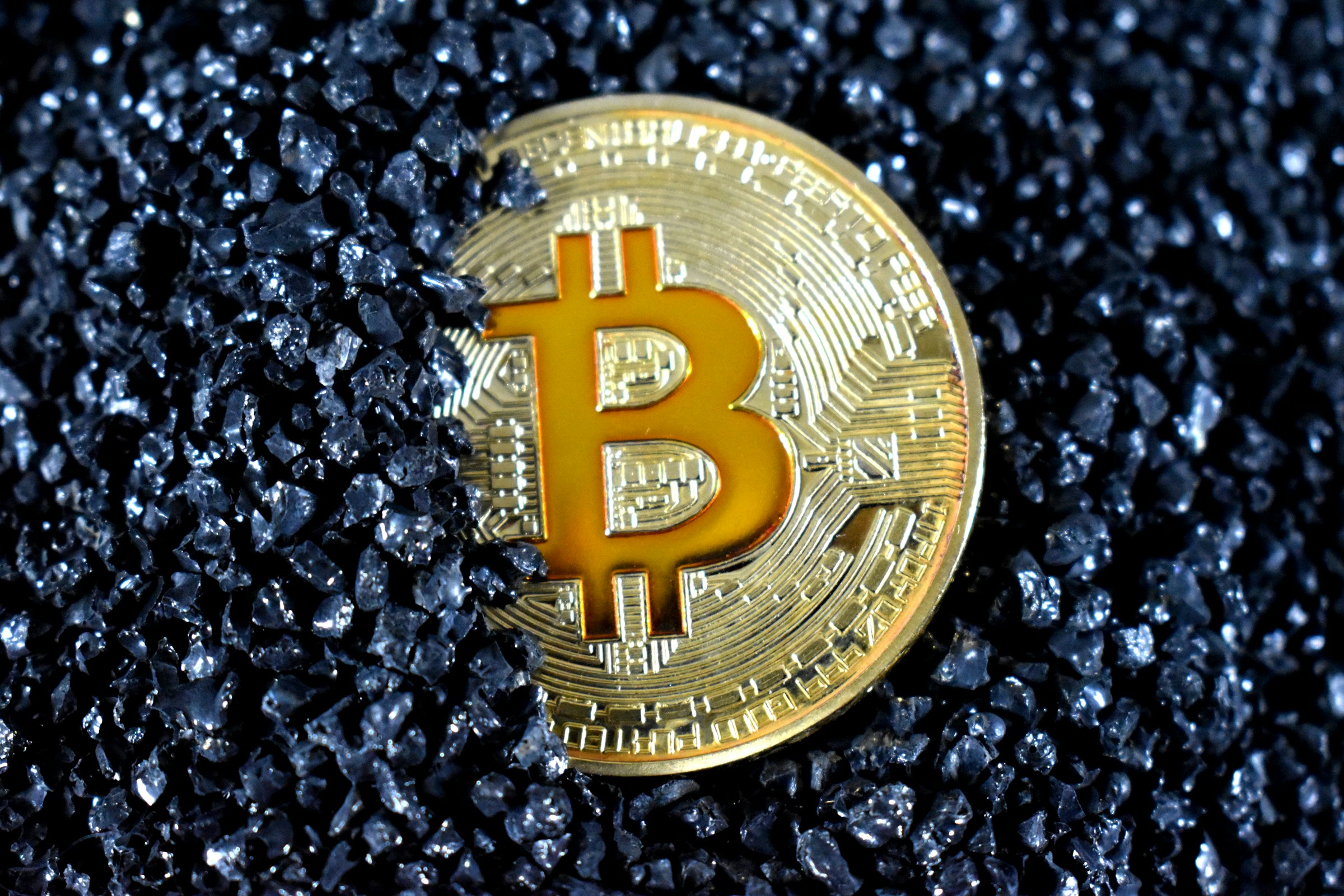

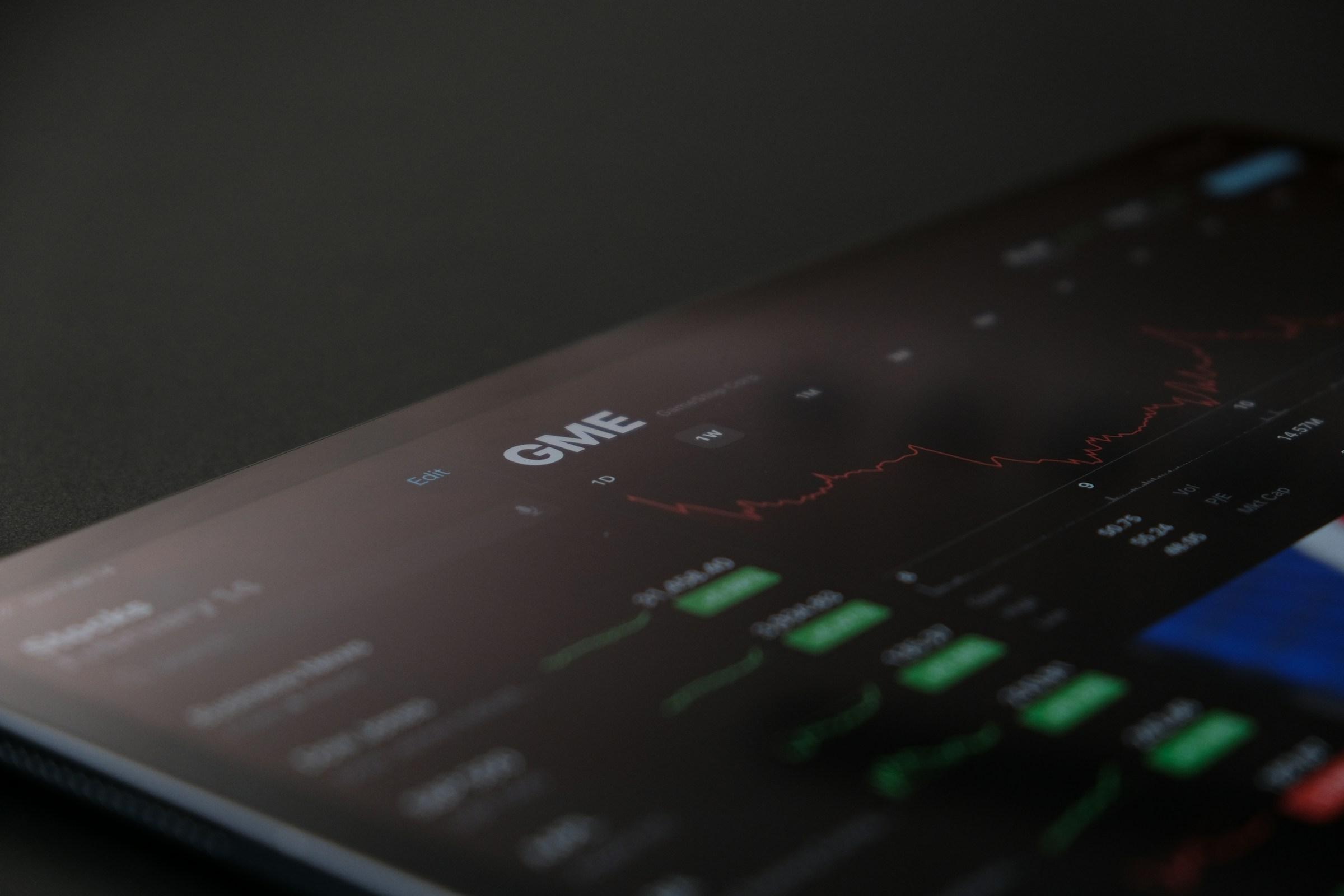
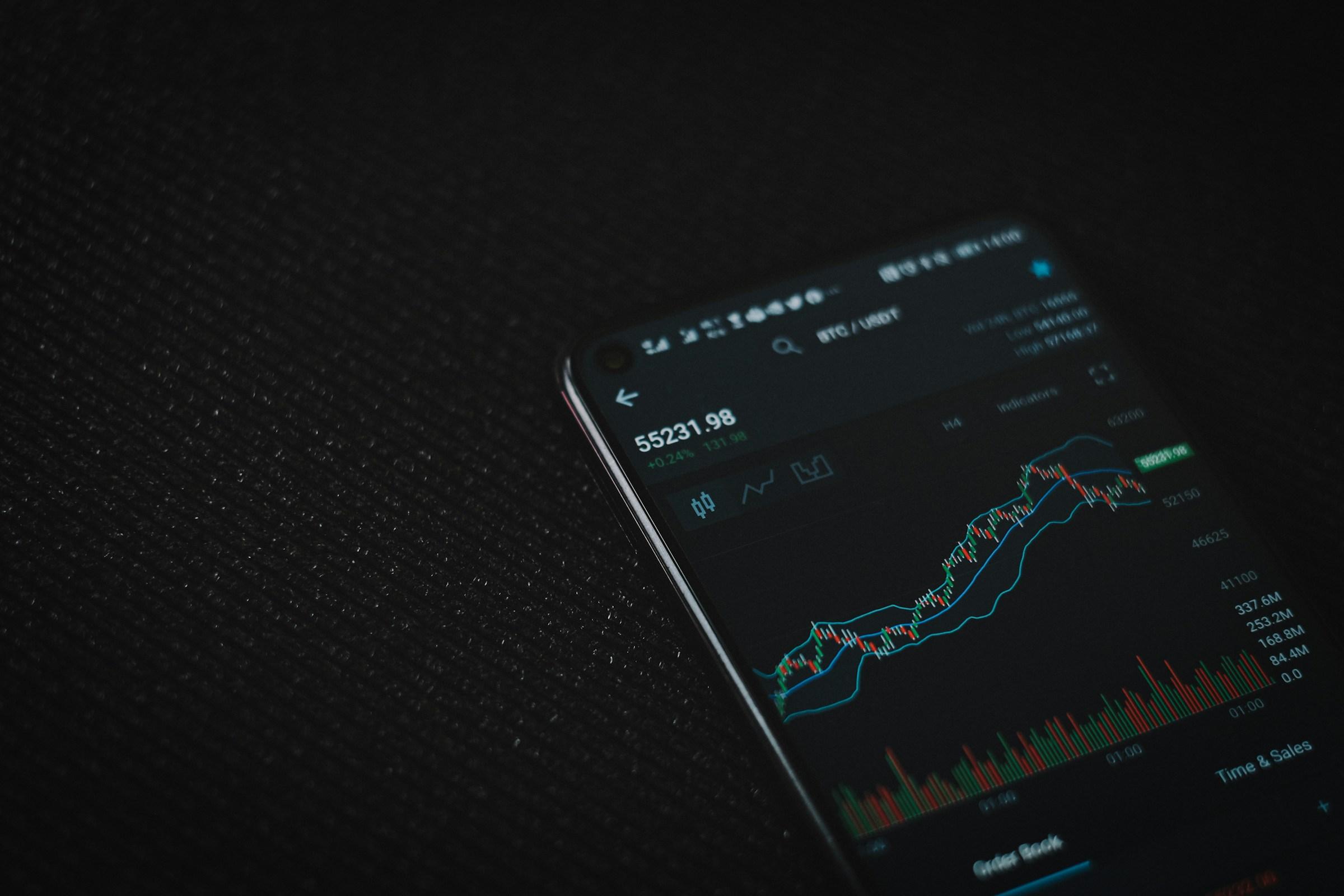
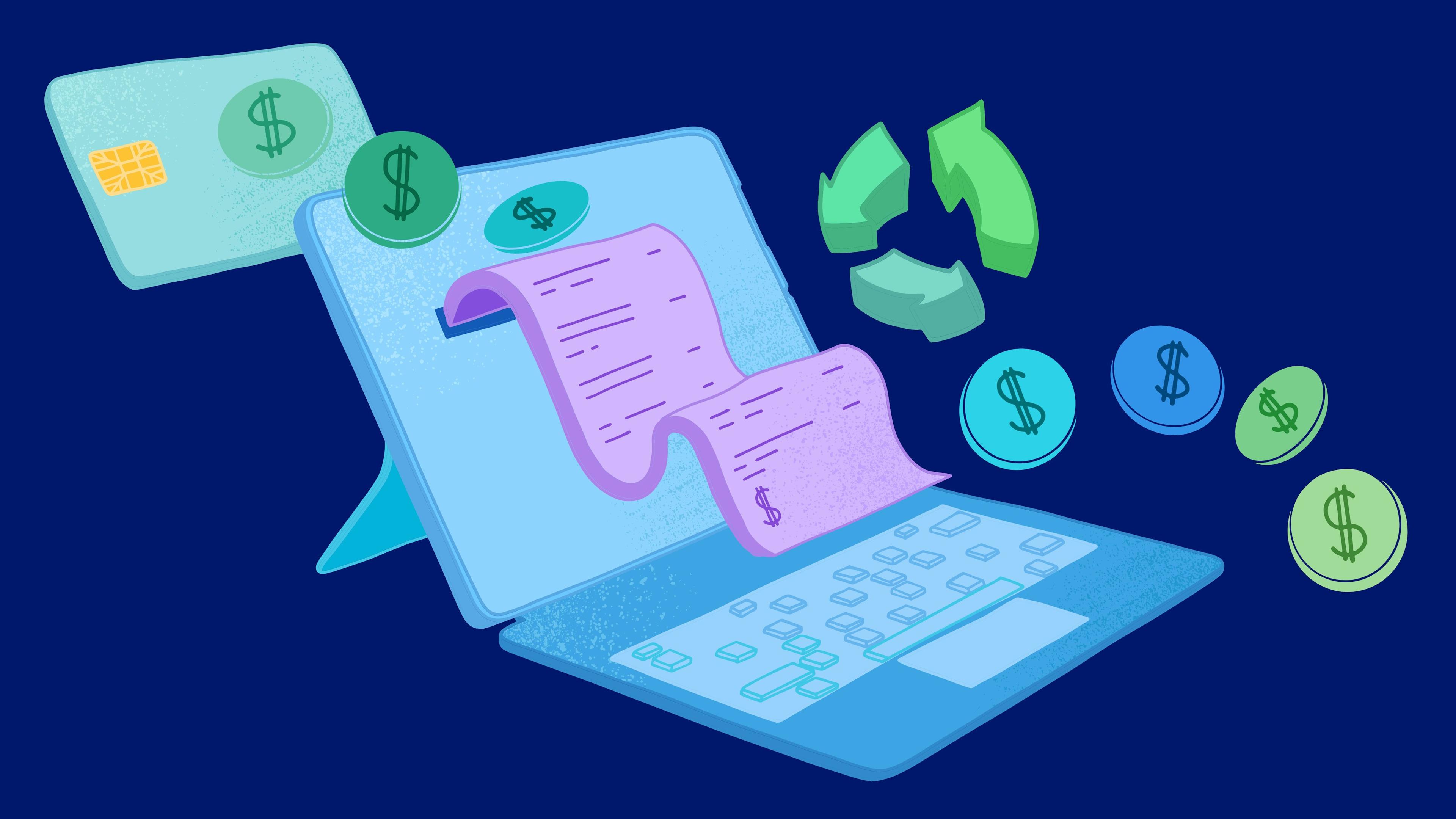
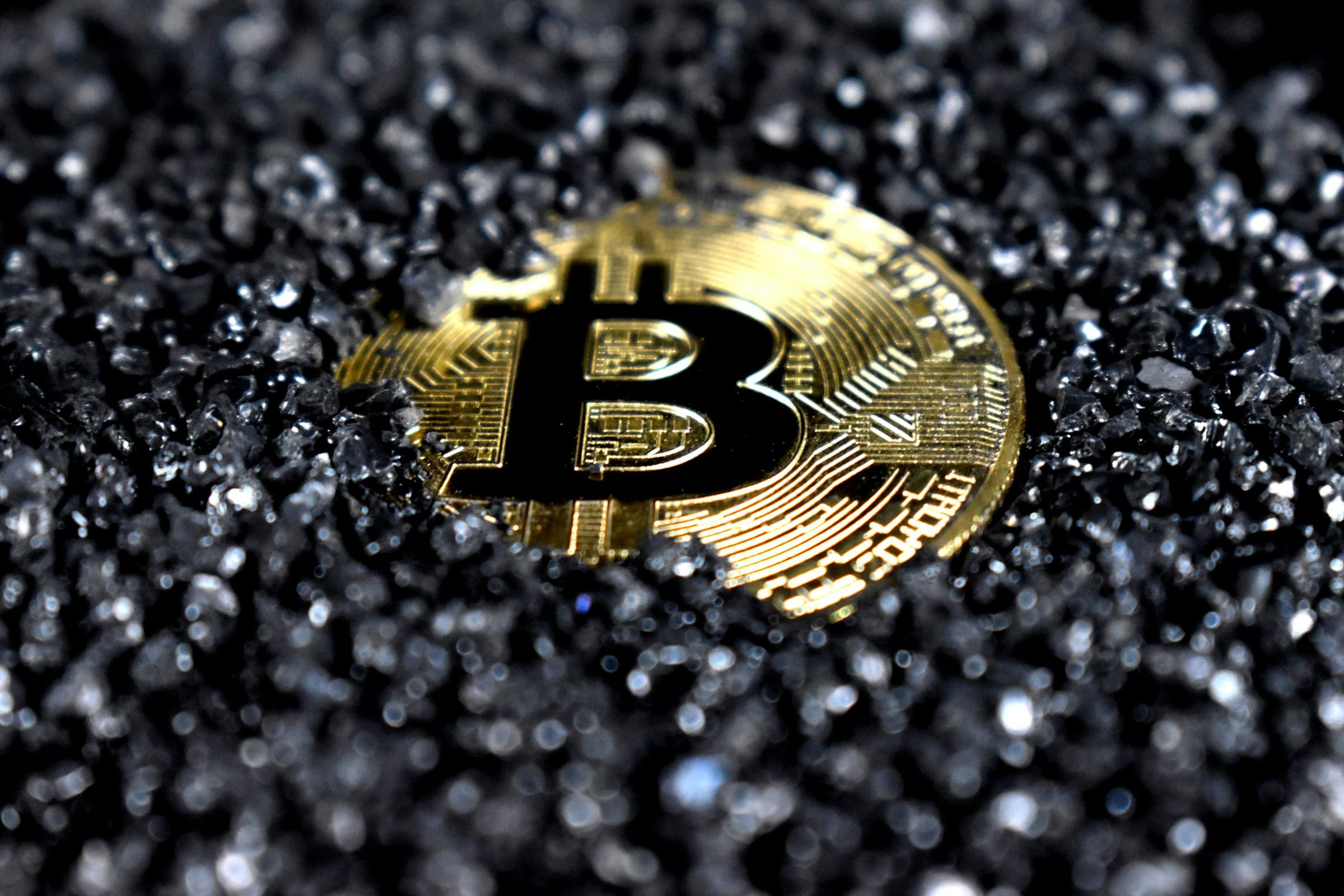
.jpg&w=3840&q=75)


.jpg&w=3840&q=75)

